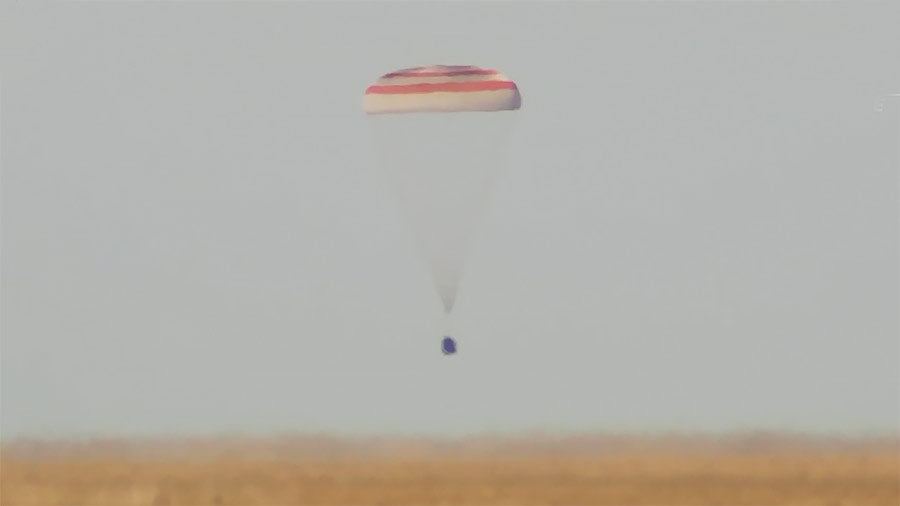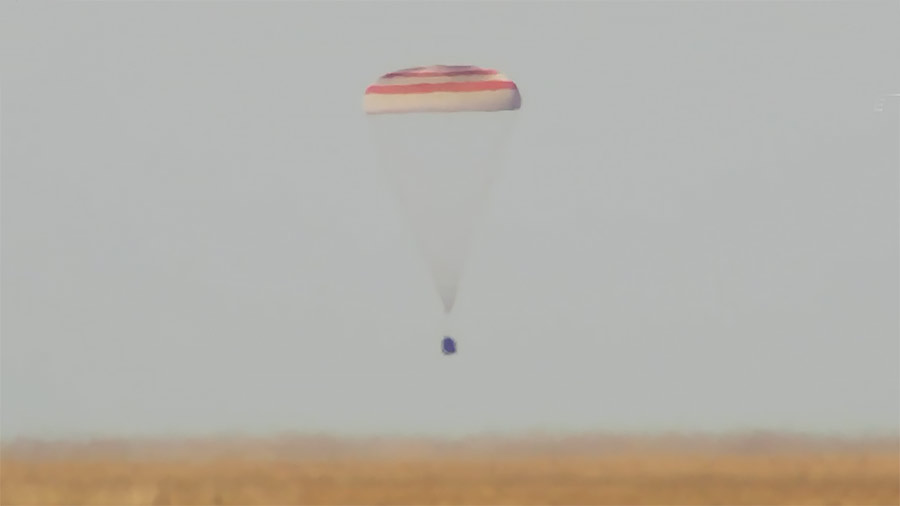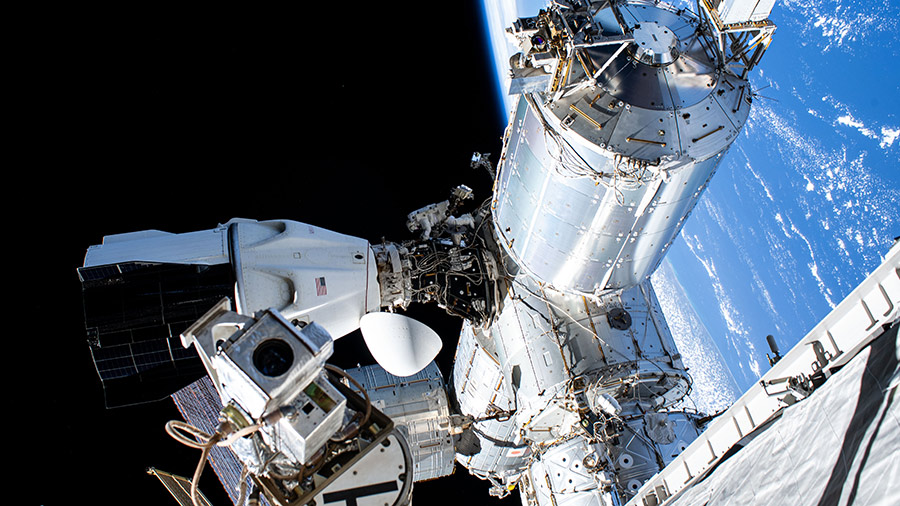
Roscosmos cosmonauts Oleg Artemyev, Denis Matveev, and Sergey Korsakov landed on Earth at 6:57 a.m. EDT Thursday, Sept. 29 in Kazakhstan (4:57 p.m. Kazakhstan time), southeast of the remote town of Dzhezkazgan. The trio departed the International Space Station in their Soyuz MS-21 spacecraft at 3:34 a.m.
The trio returns to Earth after 195 days in space that spanned 3,120 orbits of Earth and over 78 million miles.
During the mission, Artemyev completed five spacewalks totaling 33 hours, 12 minutes. He has now logged 561 days in space on his three flights.
Matveev completed four spacewalks totaling 26 hours, 7 minutes during the mission. He logged 195 days in space on his first flight.
Korsakov also logged 195 days in space on his first flight.
The trio will return by Russian helicopters to the recovery staging city in Karaganda, Kazakhstan, before boarding a Gagarin Cosmonaut Training Center aircraft to return to their training base in Star City, Russia.
Remaining aboard the station is the seven-person crew of Expedition 66 with Station Commander Samantha Cristoforetti of ESA (European Space Agency), NASA astronauts Bob Hines, Kjell Lindgren, Frank Rubio, and Jessica Watkins, and Roscosmos cosmonauts Sergey Prokopyev and Dmitri Petelin.
In October, NASA’s SpaceX Crew-5 members – NASA astronauts Nicole Mann and Josh Cassada, JAXA (Japan Aerospace Exploration Agency) astronaut Koichi Wakata, and Roscosmos cosmonaut Anna Kikina – will join the Expedition 68 members aboard the station. Crew-5 will be the fifth crew rotation mission of SpaceX’s human space transportation system, and its sixth flight with astronauts, to the space station for NASA’s Commercial Crew Program.
The International Space Station has surpassed 20 years of continuous human presence, providing opportunities for unique technological demonstrations and research that help prepare for long-duration missions to the Moon and Mars while also improving life on Earth. To date, 260 people from 20 countries have visited the orbiting laboratory that has hosted more than 3,000 research investigations from researchers in more than 100 countries and areas.
Learn more about station activities by following the space station blog, @space_station and @ISS_Research on Twitter, as well as the ISS Facebook and ISS Instagram accounts.
Get weekly video highlights at: http://jscfeatures.jsc.nasa.gov/videoupdate/
Get the latest from NASA delivered every week. Subscribe here: www.nasa.gov/subscribe




